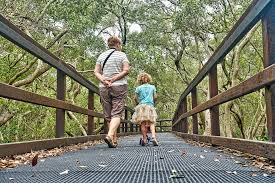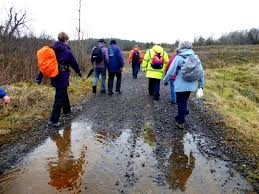13 Aug What works to promote walking at the population level?
What works to promote walking at the population level? A systematic review by authors Charlie Foster, Paul Kelly, Hamish Reid, Nia Roberts, Elaine Murtagh, David K. Humphreys, Jenna Panter and Karen Milton.
Alison Pask reviewed this paper published in a special series of the British Journal of Sports Medicine, June 2018
There is excellent evidence that physical activity is linked to good health outcomes.
Walking is a simple low-cost form of physical activity. There is a lot of evidence around the promotion of individual approaches to increasing walking but not as much on whole of population approaches. That’s why it was pleasing to study this paper which systematically reviewed the effectiveness of population approaches to promote walking among individuals and populations. Twelve studies met the criteria for this review which fitted into four main categories:
- Taxation e.g. incentivising the loss of parking spaces
- Policy e.g. permitting dogs off leashes in city parks
- Mass media e.g. environment, community approaches
- A combination of environmental change and policy changes e.g. cycle parking and speed restrictions on roads to create safer routes to school
The research was mostly from urban high-income countries and found a combination of mass media, community initiatives and environmental change approaches increased walking at a population level.
The authors conclude that further research is needed to determine more about the type of interventions that impact on the population rather than the individual.
Justin Richards, Senior Evaluation Advisor, Sport New Zealand captures the most critical messages in the paper with the following quote:
‘To increase walking at a population level, the evidence says that you should:
- run community events
- improve the environment and infrastructure
- utilise mass media
Applying a mix of approaches to promote walking is critical. It delivers a cost-effective way to improve physical and mental health throughout the community. ‘
Justin shared a simple infographic that was released with the paper that captures the messages in a simple way. See the infographic here

